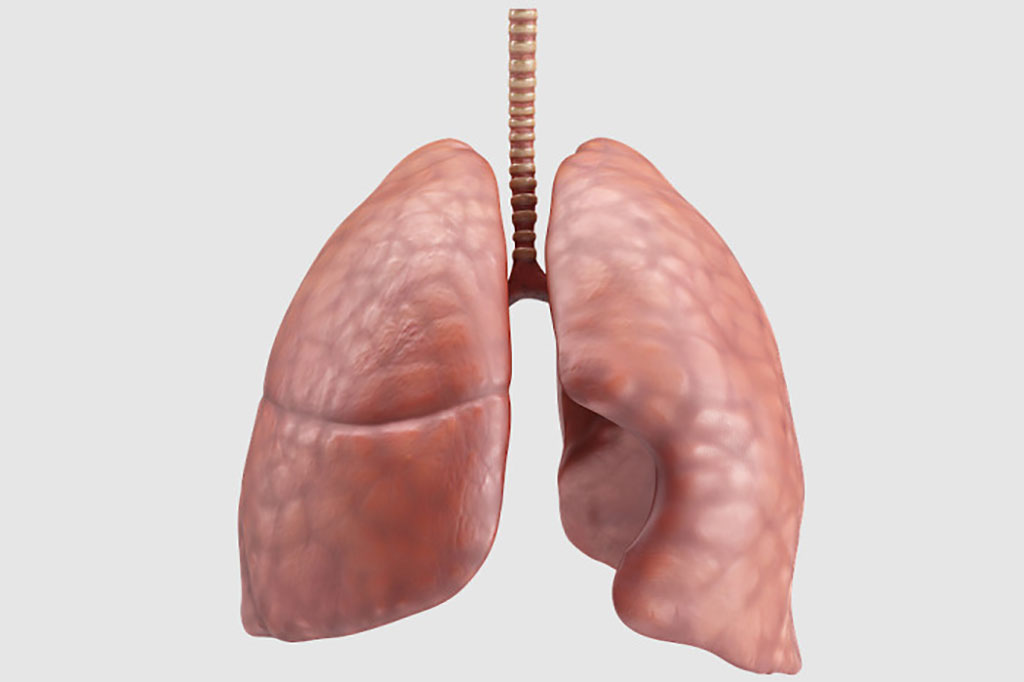Novel Digital Pathology Approach Helps Identify New NSCLC Biomarkers
Posted on 21 Jun 2023
Lung cancer is the leading cause of cancer-related deaths among both genders globally, with a five-year survival rate standing at a mere 18%. Non-small cell lung cancer (NSCLC), divided further into adenocarcinoma, squamous cell carcinoma, and a few rarer types, is the most common diagnosis for these patients. Emerging evidence underscores the critical role of the collagen fiber-rich microenvironment surrounding cancer cells in the growth of these cancers and other solid tumors. In this tumor context, high type I collagen expression is linked to poor prognosis and higher metastasis risk. This association suggests that fibrillar collagens could serve as a key source of cancer-relevant biomarkers and has sparked interest in deciphering their roles in tumor development.
In response to this challenge, researchers at the University of Barcelona (Barcelona, Spain) and the Institute of Bioengineering of Catalonia (IBEC, (Barcelona, Spain) have developed and validated a novel digital pathology approach that quantitatively analyzes collagen fibers in tissue samples from NSCLC patients. The approach utilizes digitized images of patient biopsies stained with a dye named picrosirius red (PSR) and imaged with polarized light. The researchers employed the open-source software CT-FIRE to automatically segment individual fibers in the images and quantify critical characteristics like length, width, or straightness.

The team applied this methodology to analyze 195 samples from patients with adenocarcinoma and squamous cell carcinoma. The findings suggest that fiber straightness could serve as a potential disease biomarker, while high density could indicate a poor prognosis. Interestingly, the prognostic relevance of collagen density appears independent of the clinical tumor stage, suggesting that collagen fiber analysis provides additional crucial information. The new methodology also enabled the comparison of collagen fibers in patient tissue samples with non-cancerous tissue samples. This allowed, for the first time, a quantitative description of the changes occurring in collagen organization in NSCLC. The findings indicate that tumor tissue samples showed an increase in straightness, length, and width, suggestive of abnormal tissue stiffening, especially in adenocarcinoma patients. According to the researchers, this stiffening could be related to various mechanisms that help the tumor evade the immune response, thereby potentially facilitating tumor progression in this type of cancer.
“Our new tool can improve the clinical management of surgical patients with this type of cancer, since it identifies those at an increased risk of relapse and, therefore, can benefit from a comprehensive monitoring and even neoadjuvant therapies (complementary to the main treatment)”, noted Jordi Alcaraz, lecturer at the Faculty of Medicine and Health Sciences of the UB and researcher at IBEC.
Related Links:
University of Barcelona
IBEC








 (3) (1).png)





